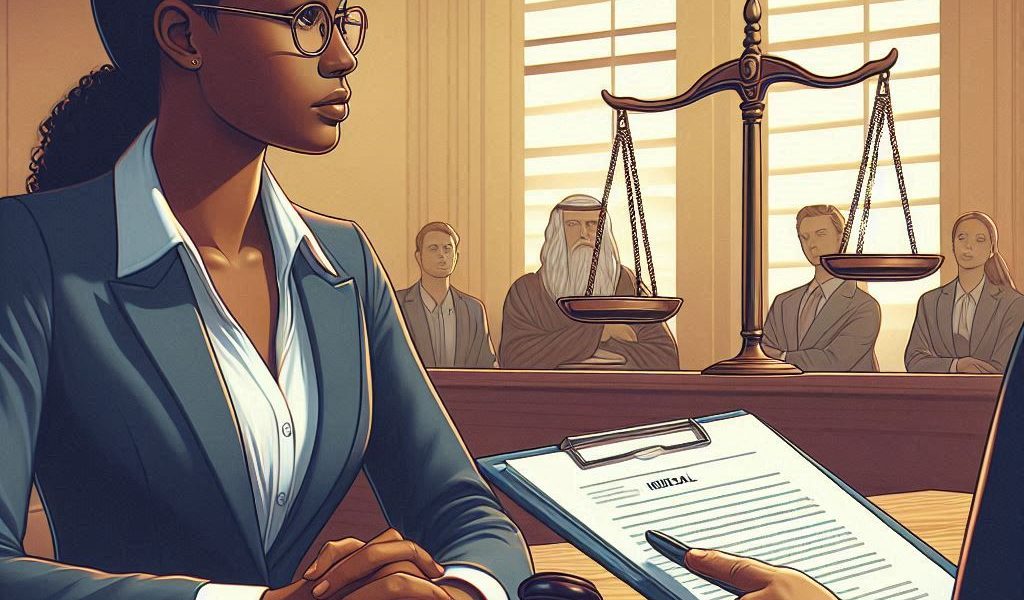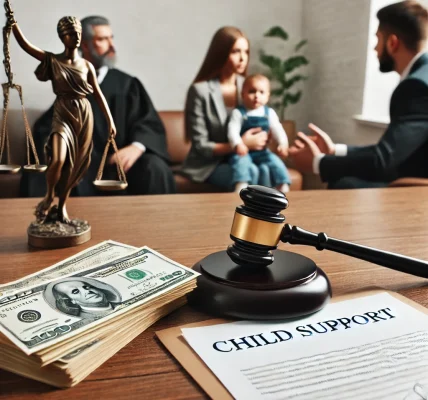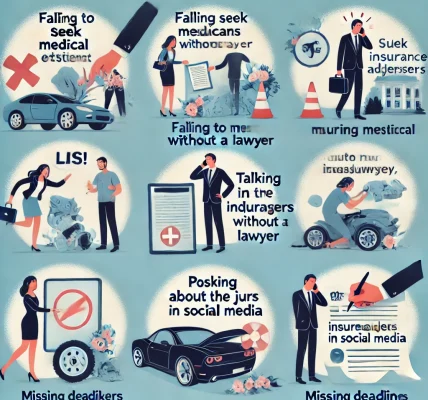When filing a personal injury claim, one of the most critical factors that can affect the outcome is the presence of pre-existing medical conditions. Insurance companies often scrutinize prior injuries or illnesses to minimize or deny compensation. Understanding how pre-existing conditions impact personal injury cases can help claimants build a strong case and ensure fair compensation.
In this article, we’ll explore the role of pre-existing conditions in personal injury claims, how insurance companies use them to challenge claims, legal protections available, and strategies to maximize your compensation.
What is a Pre-Existing Condition?
A pre-existing condition refers to any medical issue, injury, or illness a person had before the accident occurred. These conditions can be chronic (long-term) or temporary and may include:
- Back and neck injuries
- Arthritis
- Heart disease
- Previous fractures or surgeries
- Herniated discs
- Anxiety or depression
- Traumatic brain injuries (TBIs)
While having a pre-existing condition does not automatically disqualify someone from receiving compensation, it can complicate the claims process.
How Do Pre-Existing Conditions Affect Personal Injury Claims?
Pre-existing conditions influence personal injury claims in several ways:
1. Insurance Companies May Argue Against Liability
Insurance adjusters often attempt to deny liability by claiming the accident did not cause new injuries but only aggravated a pre-existing condition. This argument is used to limit or reject compensation.
2. The “Eggshell Plaintiff” Doctrine
The eggshell plaintiff doctrine protects victims with pre-existing conditions. This legal principle states that a defendant is liable for the full extent of a plaintiff’s injuries, even if the plaintiff was more vulnerable due to a prior condition.
Example: If someone with a prior back injury suffers severe spinal damage in a car accident, the at-fault party is still responsible for the worsened condition, not just the initial injury.
3. Medical Records Play a Key Role
Detailed medical records are crucial in differentiating between new injuries and aggravated conditions. If the plaintiff can provide evidence showing how the accident exacerbated a pre-existing condition, they have a stronger claim.
4. Causation Becomes a Point of Debate
Insurance companies will often dispute causation, arguing that the claimant’s symptoms were inevitable due to an existing condition rather than caused by the accident.
Legal Protections for Victims with Pre-Existing Conditions
Despite the challenges posed by pre-existing conditions, several legal protections help ensure that victims receive fair compensation.
1. Full Compensation for Worsened Conditions
As mentioned earlier, under the eggshell plaintiff doctrine, an at-fault party cannot escape liability simply because the victim had a prior health issue. If an accident worsens a pre-existing condition, the injured party is entitled to compensation for the increased harm.
2. Burden of Proof on the Insurance Company
The burden of proof lies with the insurance company to show that an injury is entirely due to a pre-existing condition and not the accident. If they fail to prove this, they remain responsible for paying damages.
3. Medical Expert Testimony
Claimants can use medical experts to testify about how the accident aggravated their condition. Medical reports, imaging scans (such as X-rays or MRIs), and doctor statements strengthen the case.
How to Strengthen Your Personal Injury Claim with a Pre-Existing Condition
If you have a pre-existing condition, follow these steps to maximize your chances of receiving fair compensation:
1. Disclose All Pre-Existing Conditions Honestly
Never hide or lie about previous injuries or medical conditions. Insurance companies have access to medical records and may use any discrepancies to discredit your claim.
2. Seek Immediate Medical Attention
Getting a medical evaluation right after an accident helps document your injuries and distinguishes between new injuries and aggravated conditions.
3. Keep Comprehensive Medical Records
Maintain detailed medical records, including:
- Past medical history (before the accident)
- Post-accident medical reports
- Doctor’s notes confirming that the accident worsened your condition
- Prescription records and treatment plans
4. Hire a Personal Injury Attorney
An experienced personal injury attorney can:
- Negotiate with insurance companies
- Gather medical evidence
- Work with medical experts to prove the impact of the accident on your pre-existing condition
- Ensure you receive full compensation
5. Avoid Giving Recorded Statements to Insurance Adjusters
Insurance companies may try to use your words against you. Before speaking to an adjuster, consult your attorney.
6. Document the Impact on Daily Life
Keep a journal detailing how your injuries affect your daily routine, work, and activities. This personal account strengthens your claim.
Types of Compensation You May Receive
Even if you have a pre-existing condition, you may be eligible for:
- Medical expenses (hospital bills, rehabilitation, medication, therapy)
- Lost wages (if injuries prevent you from working)
- Pain and suffering (physical pain, emotional distress)
- Loss of enjoyment of life (if the injury affects your ability to perform daily activities)
Common Myths About Pre-Existing Conditions in Injury Claims
Myth 1: You Cannot File a Claim if You Have a Pre-Existing Condition
Truth: You can still file a claim and receive compensation if the accident worsened your condition.
Myth 2: Insurance Companies Will Always Deny Claims Involving Pre-Existing Conditions
Truth: While insurers may try to deny claims, strong medical evidence and legal representation can counter their arguments.
Myth 3: The Defendant is Not Responsible for Worsened Injuries
Truth: The eggshell plaintiff doctrine ensures that a defendant is fully liable for any increased harm.
Conclusion
Pre-existing conditions can complicate personal injury claims, but they do not eliminate your right to compensation. By understanding your legal protections, gathering strong medical evidence, and seeking professional legal assistance, you can build a solid case and secure the compensation you deserve.




